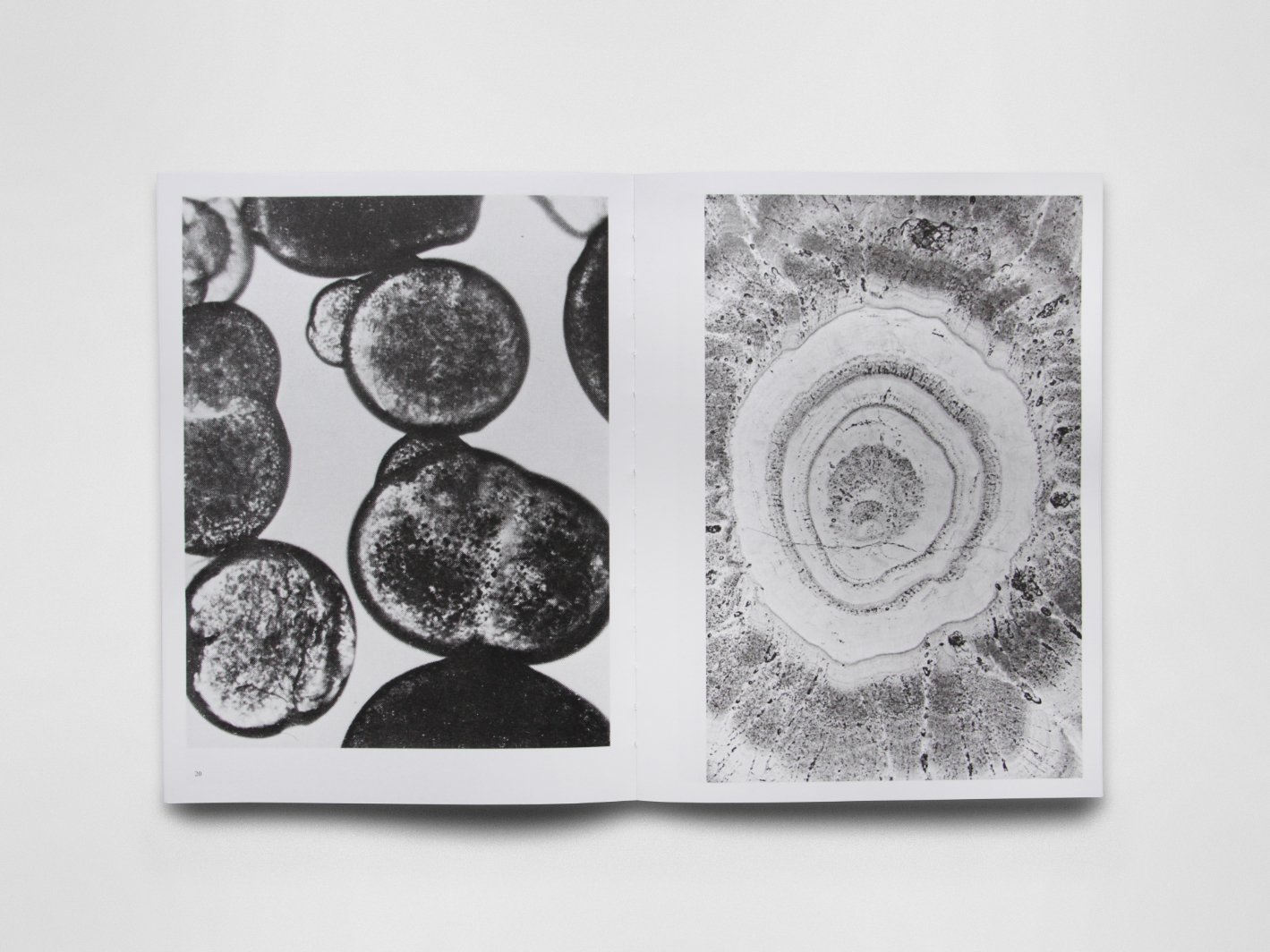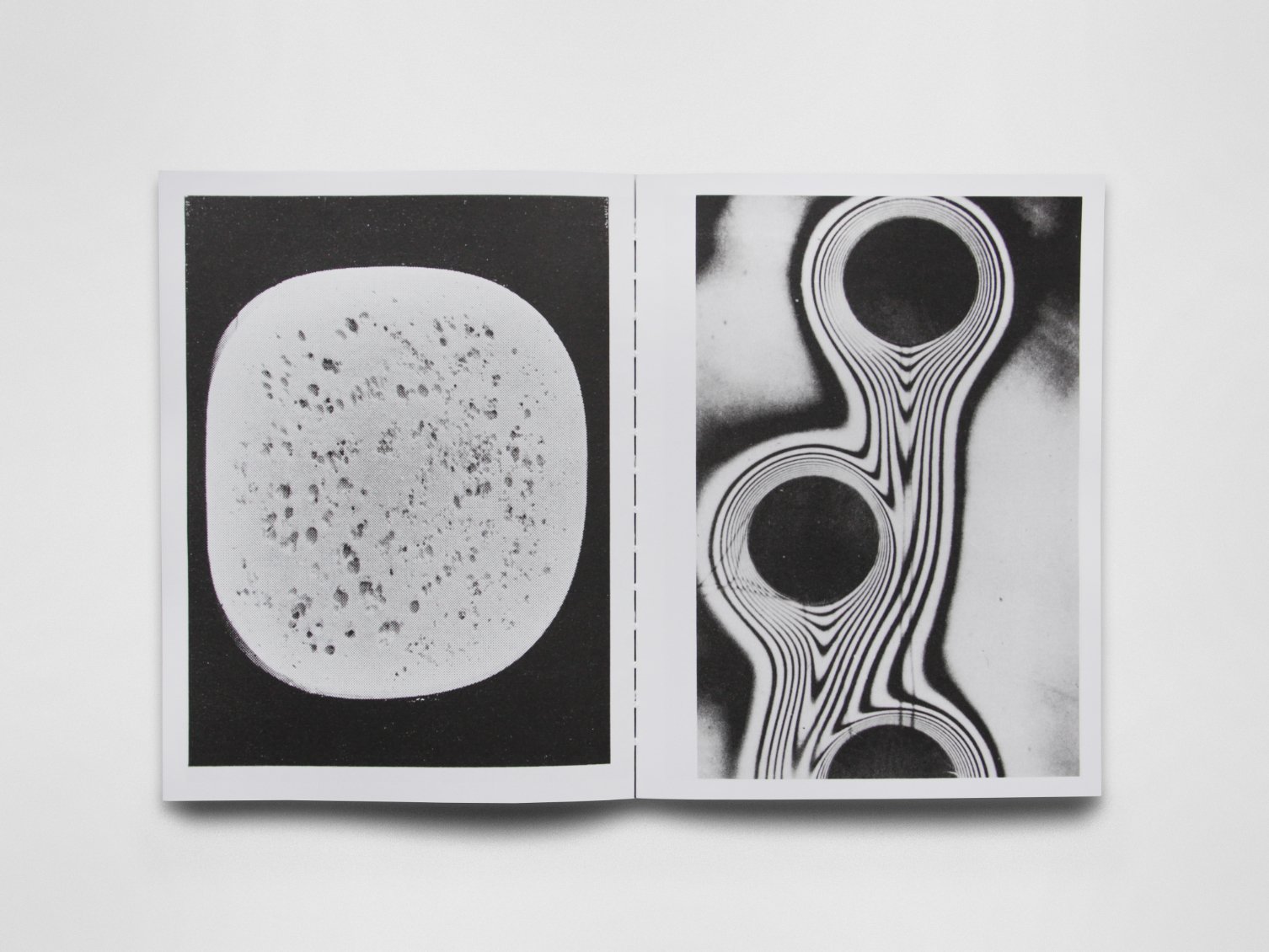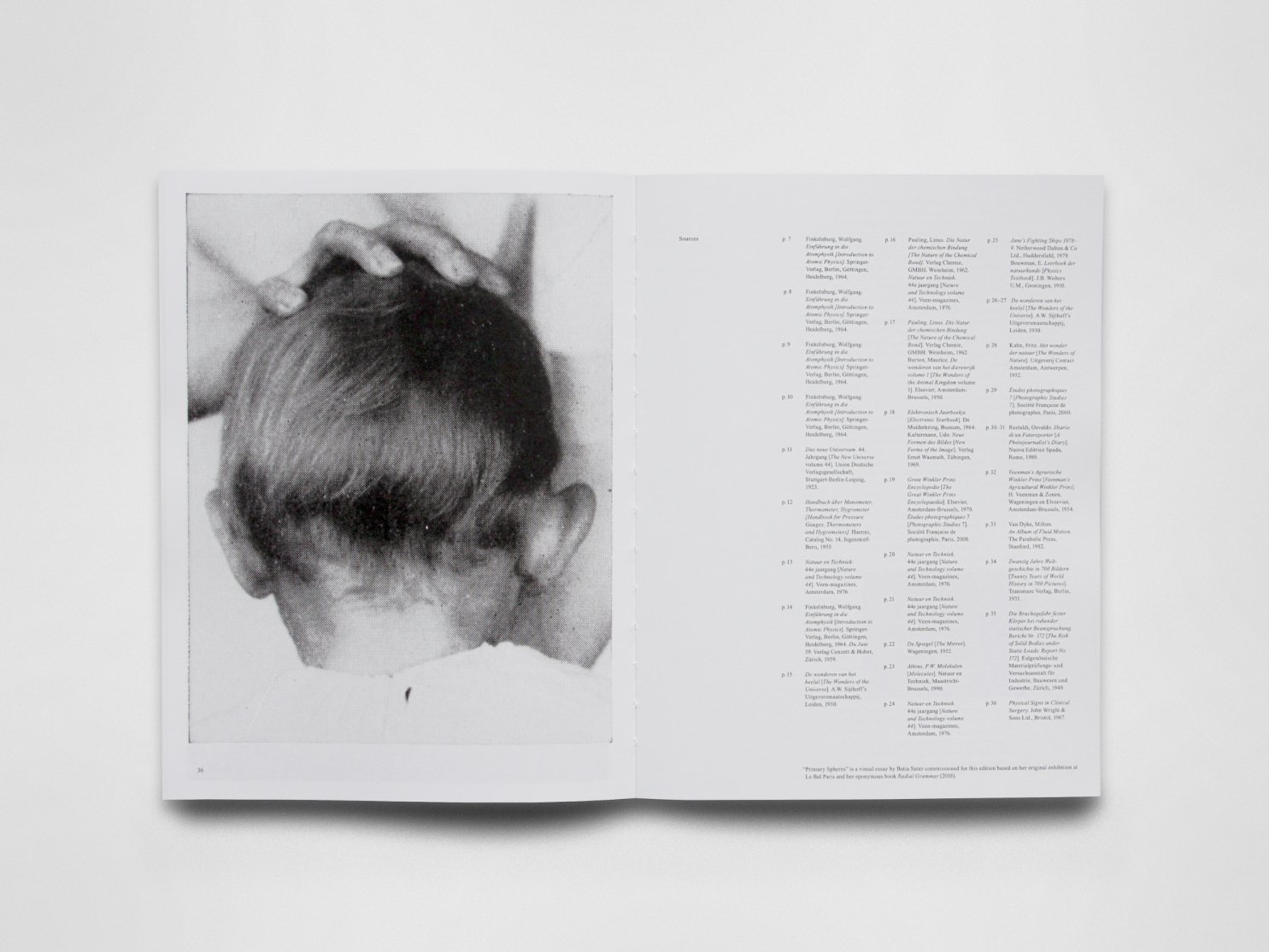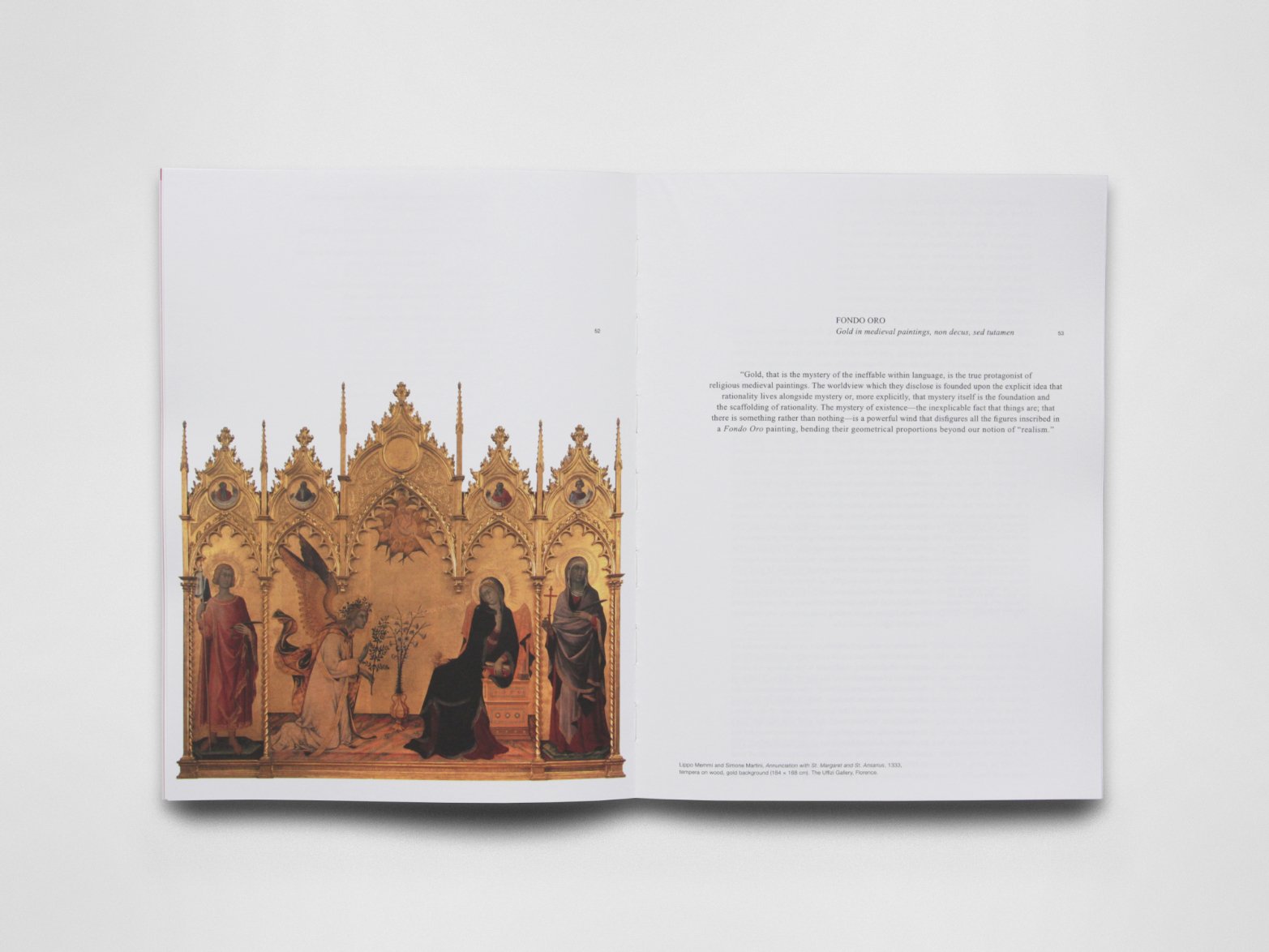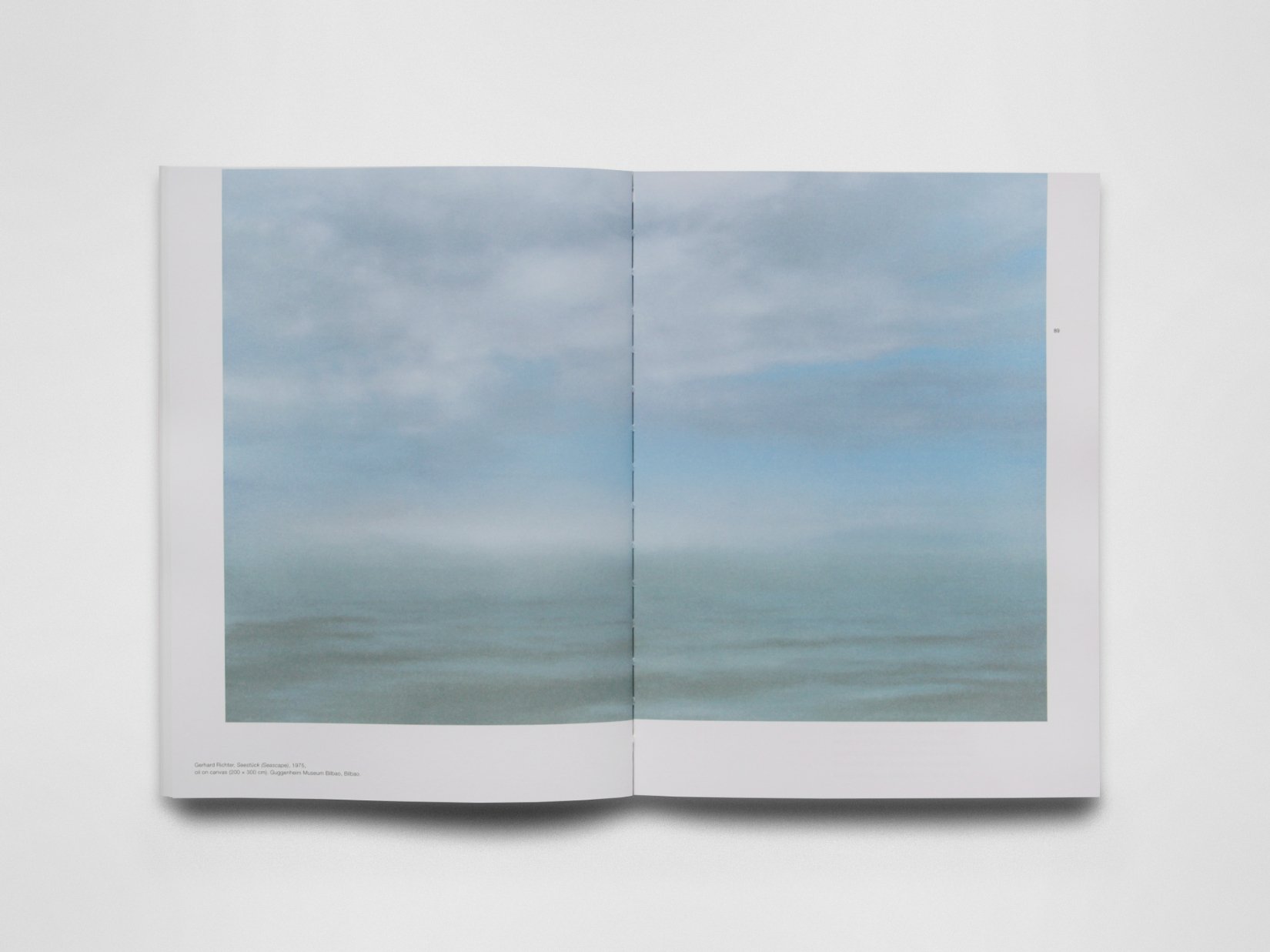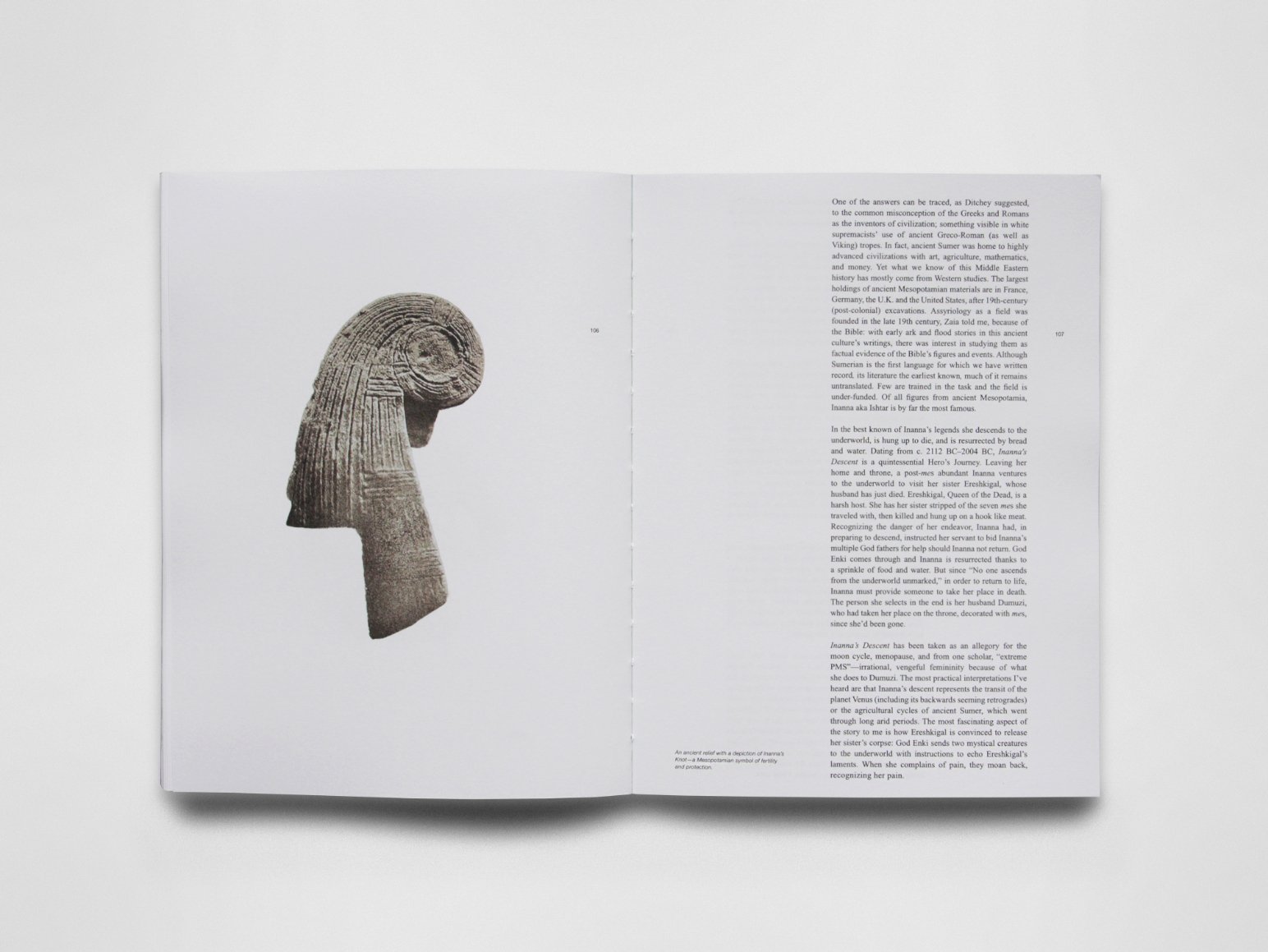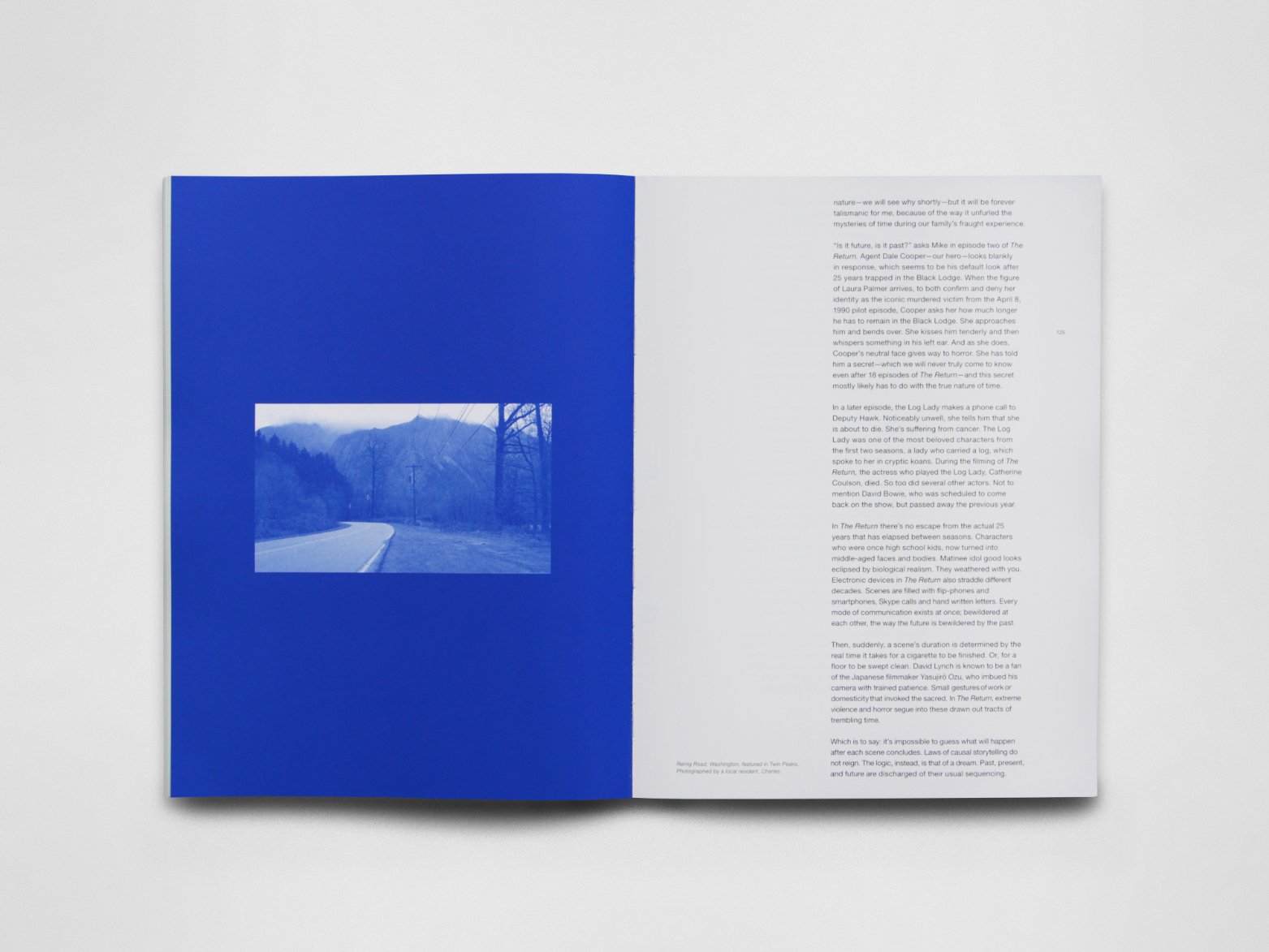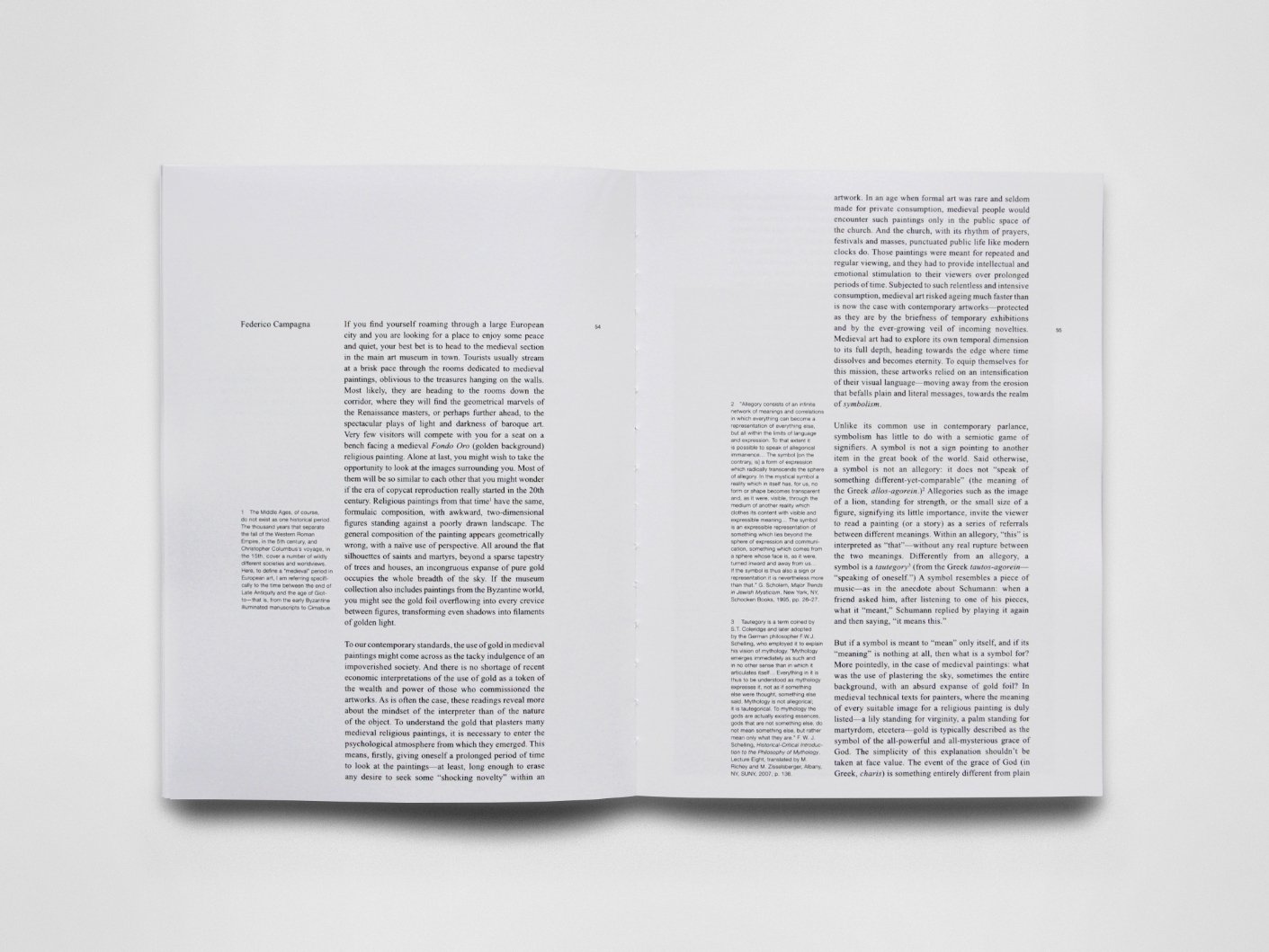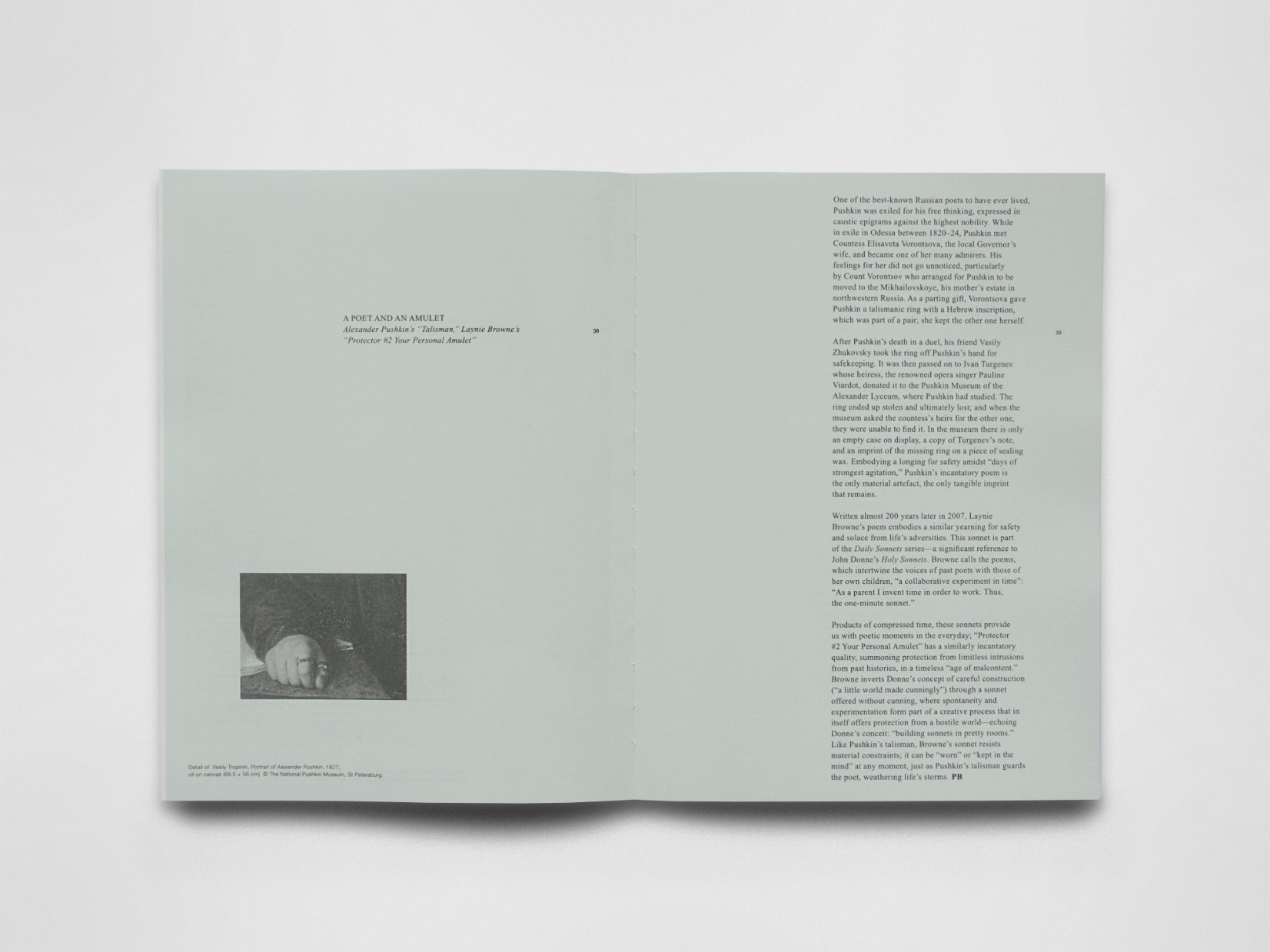text by Lara Schoorl
What do you keep close—in your pocket, hanging around your neck, or passing through your fingers—to feel more safe amidst the mystery and reality of our world; which routines—burrowed in your tread, your thoughts, the sky, in the background—allow you comfort within your wandering mind? Those objects and presences of protection, that render wonder and convince significance, form the fabric of Summa, a new literary journal published by Tabayer jewelry.
Echoing Tabayer’s philosophy to connect the metaphysical and tangible in their designs, Summa delves into ancient materials and contemplates forms of guardianship. The editor’s letter introducing the first issue tells us that summa “was a medieval literary genre that aimed to cover the whole terrain of a subject.” Following this intention, the contemporary journal sets out to publish stories on “the collective imaginary of protection—from the magical properties of amulets and talismans to ancient rites and private divinations.” For its inaugural issue, subtitled “Singularity and a Totality,” eight writers, artists and philosophers share texts and imagery on personal, societal and natural talismans and symbols. Their objects of study and care are rooted in yet transgress the material realm through the words that contextualize them in their personally attributed significance.
Circles, gold, a potato, water, garlic, a symbol, a meteorite, time, and deities, worlds apart, transcend time and space and become the humble protagonists of these pages. Their histories strung together not only through a collective theme, but through the recurring materials in its content, of its pages and binding, and through the generous inserts—on the barely light blue pages—by the editors illuminating certain topics. Together these material and conceptual layers form a connected totality: Summa.
No wonder then that the journal opens with “Primary Spheres” a visual essay by Batia Suter on round shapes as found in archival materials; a preface to the continuity of content that challenges the linearity of turning pages. Circles, as seen in (what appear to be) the eye of a parrot, the back of a child’s head, a cell, a shell, an instruction manual, a planet, and diagrams cover full pages. The images, that otherwise seem to exist independently from one another, cleave together through their found origin and circular forms, also foreboding, visually, how the all contributions subtly touch in language, references or content.
In her essay “A gift from the stars,” Chloe Aridjis wonders, as she wanders through the Natural History Museum in Vienna, if the meteorite that her father gave to her as a child belongs to the same mother asteroid as (some of) those displayed in the museum exhibits. The fragments of meteors, once whole, once existing in a place beyond our imagination, could now inhabit our planet separated in museums or people’s homes and pockets. For Aridjis, the meteorite became an amulet when picked up from the earth in Durango, Mexico and placed in her hand. Pausing at this change, she also briefly references fertility figurines as the oldest “sacred scarabs.” While Aridjis obfuscates our sense of scale through her wonder—small, enormous and their proximity wax and wane in her essay akin to how the universe does as well—she plants a seed that grounds us in these pages with the mention of the ancient Venus talisman, who later on recurs in Fiona Alison Duncan’s text in the role of Inanna. Literal points of connection like these are scattered throughout the journal.
Duncan proposes the story of Inanna to be the oldest documented Hero’s Journey, a narrative device as conceptualized by Joseph Campbell. A goddess from ancient Sumer, known for love, sex, power, justice and protection among other attributes (hence her association with Venus) has hymns recording her adventures dating from more than 2000 years BC. In one of them, she receives eighty mes—“an untranslatable term that means something like, ‘being, divine properties enabling cosmic activity; office; (cultic) ordinance,’” Duncan explains—from her father. These mes, Duncan continues, “bestow agency, free will, and protection against dependency.” Highly valuable immaterial talismans that emphasize that protection. Duncan also recognizes that Campbell mostly has studied male heroes for his theory, listing works such as the Odyssey and those of James Joyce are exemplary. Both of which, coincidentally, occur in conjunction with each other earlier on in the journal as a case study to connect the talismans that protect Odysseus from Circe, a root called Moly, and Bloom from Zoe by a black potato.
Be it coincidence, thoughtful editing or life, the unintentional linkage between the texts in this first issue sparks excitement in your mind with its rhythmic interplay between new and then familiar information. Reading Summa is like following a choreography, allowing you to create your own narratives between the given ones. It soothes: to feel as though the world in some way can be, is, connected through a lattice of protection. It soothes: to experience that knowledge is fluid and our true armature, wisdom and questions.
This takeaway is embedded within Tabita Rezaire’s poetic essay, “The Tongs of Gold.” The value and power of (inner) knowledge flows as an undercurrent in Rezaire’s essay, in which she recounts practices and memories of her ancestors and of other cultures and characters in history to illustrate the damage and violence inflicted upon earth and people by the gold mining industry. “When will you understand the true gold is water?” she dreamed her grandmother told her. And, “She knew a seed of wisdom was worth more than a mountain of gold,” referencing the journey of Queen Makeda visiting King Solomon. Carrying the past, she bears words of hope for the future (considering our current time a threshold) and encourages us to challenge the attributed meaning of wealth, treasure, scared, sacred and gold: “one can mine more gold from the depth of the heart than the from the core of the earth.” Her language so full and genuine that the words become precious in their own regard. I will keep them with me.
In a different context, Federico Campagna also questions the use of gold; gold that covers the background in medieval paintings: Fondo Oro. Moving away from material explanations—such as wealth, ornamentation, (lack of) technical skill—towards a metaphysical understanding—that what is both known and not, the omnipresence of God—to argue for the function of the gold backgrounds, Campagna begins to efface the distance between mystery and reality. In doing so, however, he circles back to what Rezaire came to as well: gold provides a space to rethink reality. It is impossible to fully grasp the ever changing space around us. Rather than attempting to grasp, medieval painters painted gold backgrounds because the gold became a symbol for the impossibility of one static background. Instead the gold offers endless imagination to those who perceive and construct space. Thus Campagna ends his argument that “Here lies the talismanic function of these images [fondo oro], as a tutamen (Latin for “protection”) rather than a mere decus (Latin for “ornament”): they strive to keep their viewers within the realms of “subjectivity” where reality is endlessly revealed and reimagined and to preserve them from the blindness that befalls those who become dead “objects.””
In each of the texts and imagery mentioned above protection seems to align with the ability to change oneself or what surrounds you via meaning and position. These concepts of protection, ethics, and origin, at the core of Tabayer’s philosophy, have translated so beautifully into their literary project Summa through the words and images of a profound lineup of authors hailing from disparate fields and places: Batia Suter, Laynie Browne, Chloe Aridjis, Federico Campagna, Tabita Rezaire, Daisy Lafarge, Fiona Alison Duncan, Shumon Basar. This first issue of Summa, more an anthology than a journal, contains many more texts to read and knowledges to uncover than what I have highlighted here. The journal is available on antennebooks.com and tenderbooks.co.uk. It is released annually in print and is accompanied by two blogs, MATERIA PRIMA and WHAT PROTECTS ME, where some of the texts are published online as well.


